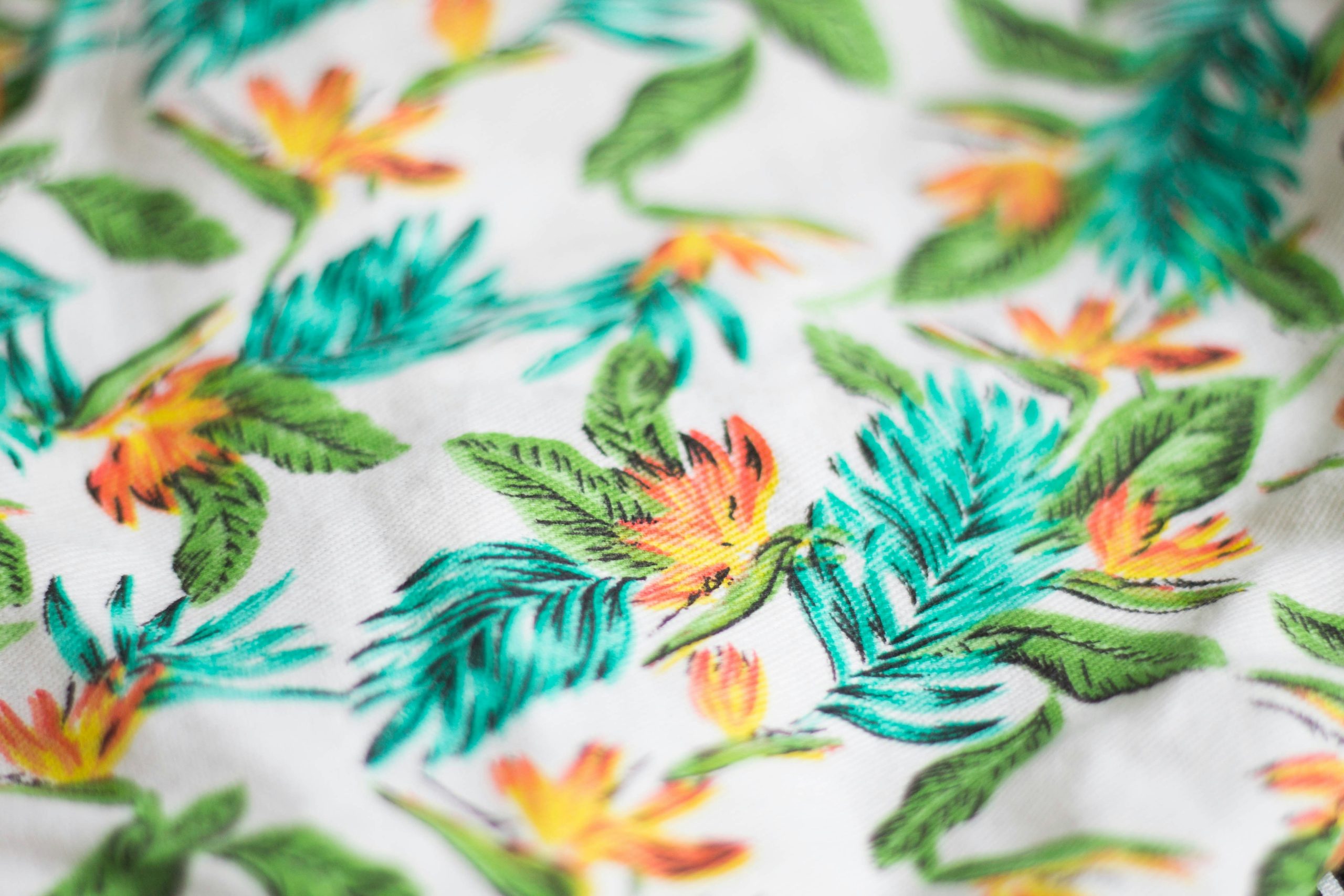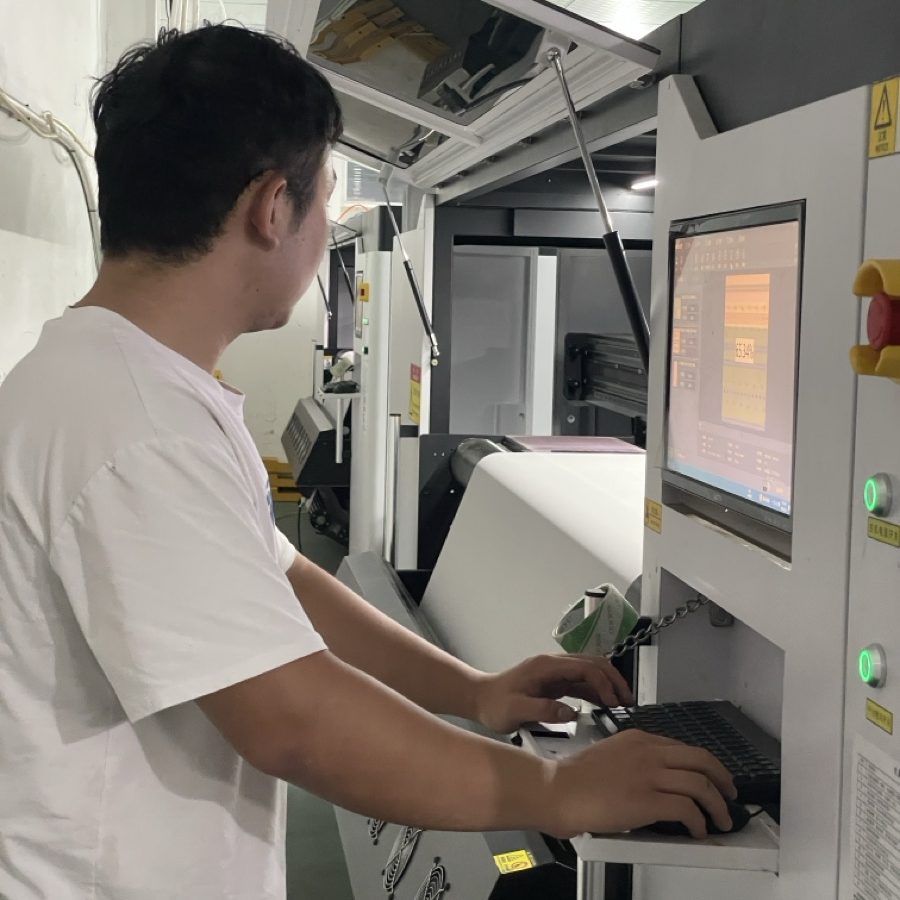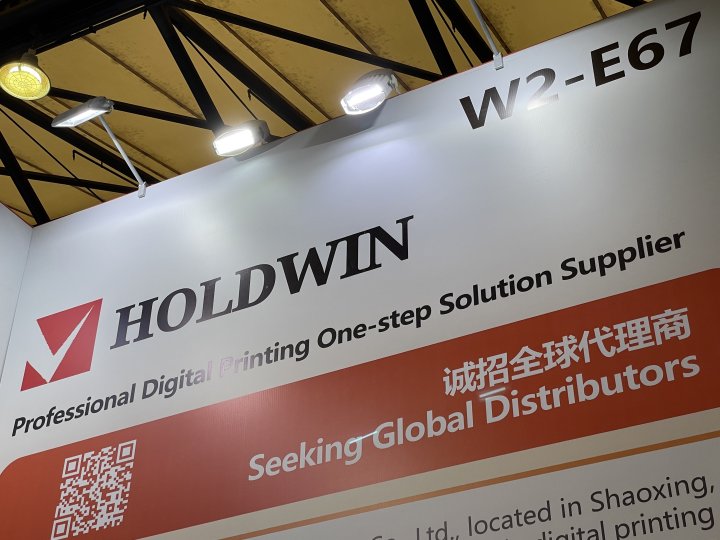
Introduction
In the world of digital printing, color matching and optimization are critical aspects that ensure high-quality and consistent results. From apparel manufacturers to textile printing companies, achieving precise color reproduction across various substrates is a significant challenge. Whether printing on fabrics, towels, scarves, or carpets, digital printing technology plays a pivotal role in realizing the designer’s vision. This article explores the importance of color matching and optimization in digital printing, highlighting best practices, industry advancements, and how companies like Shaoxing Zhiyu Digital Technology Co., Ltd. (HOLDWIN) are leading the charge in delivering personalized solutions to meet customer needs.
The Challenge of Color Accuracy in Digital Printing
Digital printing offers versatility, allowing for the printing of vibrant and intricate designs on a range of textiles. However, the challenge of maintaining color accuracy arises due to the inherent differences between the digital printer, the media being printed on, and the expected outcome. Several factors can affect color consistency, including printer calibration, ink quality, media type, and environmental conditions. As digital printers continue to evolve, the need for precise color matching and optimization becomes more pressing, especially in industries such as fashion, home textiles, and advertising.

Key Factors Affecting Color Matching in Digital Printing
Printer calibration is the foundation for ensuring color accuracy in digital printing. Without proper calibration, printers may produce colors that differ from the original design. Color profiles are crucial for aligning the printer’s output with the designer’s expectations. The calibration process involves adjusting the printer’s settings to match specific color standards, such as CMYK (cyan, magenta, yellow, black) or RGB (red, green, blue), depending on the printing method used. Regular calibration is essential to maintain consistency across print jobs, especially when working with different batches or substrates.
The type of ink used significantly impacts the final color output. Ink formulations, including their pigment concentration, drying time, and adhesion properties, can alter the final print’s appearance. In digital printing, ink quality must align with the specific material being printed on. For instance, UV inks offer vibrant colors and durability, making them suitable for hard surfaces and textiles like leather or synthetic fabrics. On the other hand, sublimation inks work best on polyester fabrics, producing rich, long-lasting colors that don’t fade easily.
Each textile material, whether cotton, polyester, or a blend, reacts differently to ink. For instance, natural fabrics such as cotton absorb ink more than synthetic fibers, leading to differences in color vibrancy and sharpness. Additionally, certain fabrics require specialized pre-treatment or post-treatment processes to enhance ink adhesion and color reproduction. Understanding the characteristics of different substrates is critical in achieving accurate and consistent color results.
The surrounding environment, including temperature and humidity, can influence ink behavior and the drying process. For example, high humidity levels may cause ink to spread more on certain substrates, while low humidity could lead to uneven drying. Thus, monitoring environmental conditions during the printing process is vital for achieving optimal results.
Techniques for Color Optimization in Digital Printing
To overcome these challenges, several techniques can be employed to optimize color matching and reproduction in digital printing.

Color management is one of the most effective ways to ensure color accuracy across different devices and media. A Color Management System (CMS) helps control how colors are reproduced on screen and in print. By using ICC (International Color Consortium) profiles, which define how colors should appear on different devices, printers can maintain consistency. These profiles are particularly important in digital textile printing, where color differences can arise from varying printer models, inks, and substrates.
The G7 Master qualification is a widely recognized standard for achieving color consistency in digital printing. It focuses on achieving a neutral gray balance and controlling tonal values to ensure uniform color reproduction across devices and processes. By adopting the G7 methodology, digital printers can produce results that are closer to what designers envision, providing an industry-standard for color optimization.
For brands and designers that require specific colors, such as brand logos or particular shades, spot color matching is essential. This process involves using predefined color standards, such as Pantone, to reproduce exact colors. In digital printing, spot color matching can be achieved through specialized color profiles and advanced ink formulations, ensuring that the print job matches the color specifications provided by the designer.
Raster Image Processing (RIP) software plays a pivotal role in color management. Advanced RIP software allows users to control how colors are interpreted and rendered by the printer. These programs enable precise control over color separation, ink density, and halftone patterns, which are crucial for achieving accurate color output. The use of RIP software ensures that digital printers can produce consistent, high-quality colors on a wide range of substrates.
Technological Advancements in Color Matching
Recent advancements in digital printing technology have led to improved color matching and optimization capabilities. These innovations enable printers to produce more accurate and vibrant colors while reducing waste and increasing efficiency.
UV printing technology has revolutionized color reproduction in digital printing. UV printers use ultraviolet light to cure ink, allowing it to dry instantly and adhere better to a wider variety of substrates. UV printing delivers bright, vibrant colors, making it ideal for printing on both rigid and flexible materials. The ability to print on materials such as textiles, ceramics, glass, and plastic with high precision has made UV printing a popular choice among manufacturers.
Modern high-resolution digital printers can reproduce intricate details and gradients with impressive accuracy. These printers use advanced printheads and finer nozzles to produce precise droplets of ink, ensuring that colors are consistently accurate. High-resolution printers are especially important for applications where small text or detailed designs are required, such as on apparel labels or intricate fabric patterns.
Newly developed color calibration tools allow digital printing operators to adjust color settings more efficiently. These tools, such as spectrophotometers, can measure color output in real-time, allowing for instant adjustments. This capability ensures that printers are always producing the most accurate and vibrant colors possible.
Case Study: HOLDWIN’s Approach to Color Matching
At Shaoxing Zhiyu Digital Technology Co., Ltd. (HOLDWIN), we take great pride in our ability to offer tailored solutions that meet the unique needs of our customers. One such example is our collaboration with a high-end fashion brand that required precise color matching for a new line of digitally printed scarves. By using advanced RIP software and UV printing technology, we were able to ensure the brand’s specific color palette was faithfully reproduced on the fabric. Our team conducted regular color calibration, worked closely with the client’s design team, and tested the output on various textile materials to ensure the final product was a perfect match.

Customer Review:
“HOLDWIN has been an invaluable partner in our digital printing journey. Their expertise in color matching and optimization has helped us consistently deliver high-quality prints that align perfectly with our design vision. The precision and attention to detail they provide ensure that our products meet the expectations of even the most discerning customers.” – Fashion Designer, Global Apparel Brand
Conclusion
Color matching and optimization are at the heart of digital printing’s ability to bring designs to life, whether for fashion, home textiles, or promotional products. Achieving consistency and precision requires a combination of the right technology, expertise, and attention to detail. As digital printing continues to evolve, the tools and techniques available for color optimization will only improve, allowing businesses like HOLDWIN to deliver ever-more refined and personalized solutions for their customers. By adopting advanced color management systems, using cutting-edge printing technology, and collaborating closely with clients, digital printers can ensure that every print job is a perfect reflection of the designer’s vision.
References:

Zhiyu is passionate about good products, good services, and good prices to let consumers know that choosing us is the right choice! For partners and end customers, we will provide one-on-one considerate smart services and provide you with more high-quality procurement solutions.